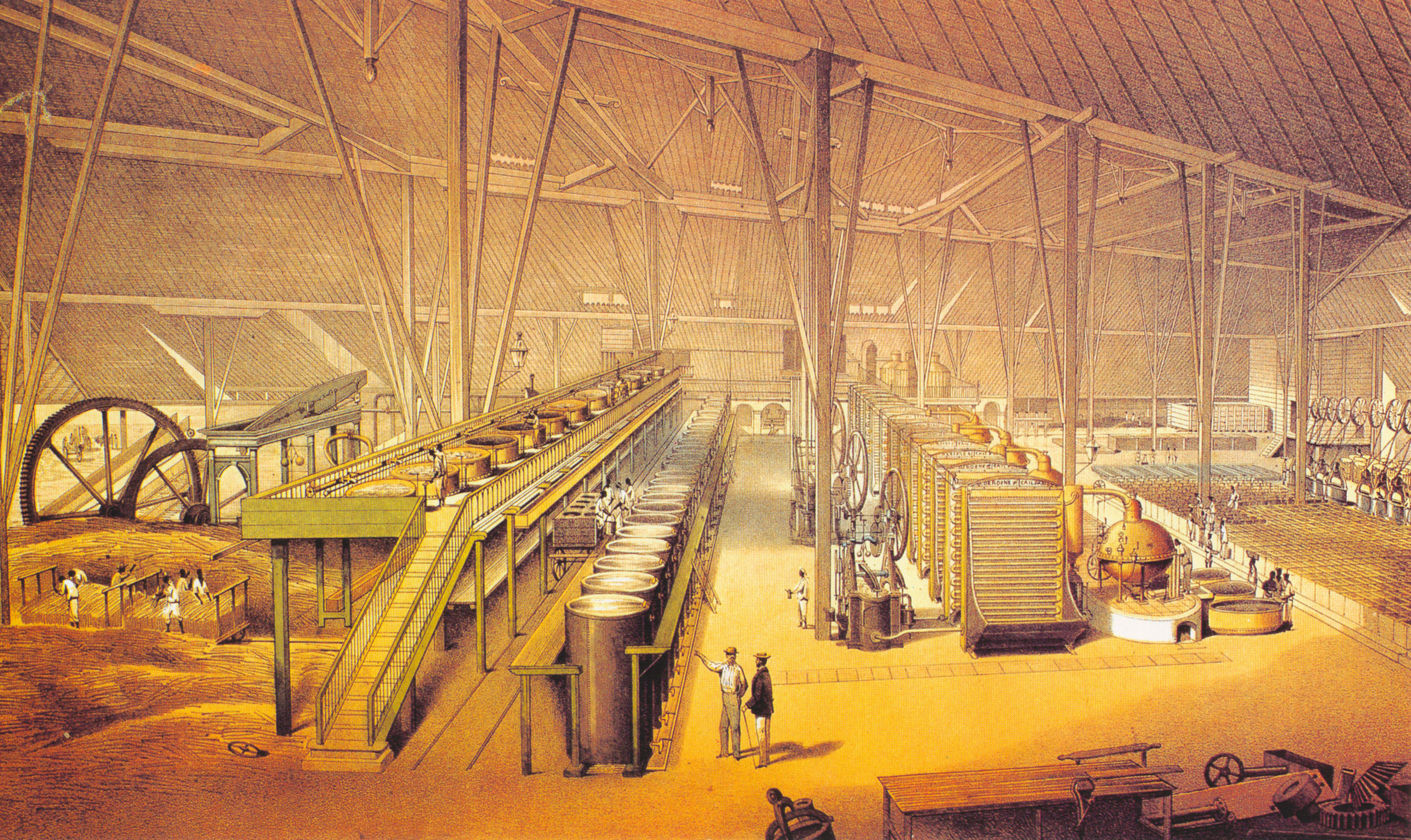Ron Cubano
Production“We guarantee a 100% Made in Cuba (Cuba PDO) production and a distribution throughout Europe.”
From 1600 to Today
The origin of Ron in Cuba dates back to the late 1600s when distillate was produced from the fermentation of molasses and consumed without aging and likely at full strength.
Only from 1862, after years of hard work, the Maestros Roneros of Santiago de Cuba managed to give this aguardiente de caña a softer and more delicate taste, using a column distillation system and second-hand white oak barrels to age the distillate

The Origin of
Light Rum

1
Harvest
Rum comes from the cultivation of sugar cane. Once this plant grows, it is cut and squeezed in a mill until a dense and sweet juice is obtained.

2
Processing
Within a few hours, the plant must be sent for grinding to prevent it from drying out and losing much of the juice.

3
Molasses
Molasses is a natural sweetener obtained from the processing of sugar cane and is considered an excellent substitute for sucrose.

4
Fermentation
Fermentation involves adding yeast to molasses to transform the sugary part into ethyl alcohol, acids, and other alcohols that will then be extracted through distillation.

5
Distillation
During distillation, the lighter alcohols evaporate before the heavier ones. The distillation process separates alcohol from water and selects the desired aromas.

6
Aging
In the first aging phase (2/3 years), the distillate is placed in American white oak barrels where, infiltrating the wood pores, it acquires certain aromas.

7
Mezcla
Once the first aging is complete, the mezcla (blend) occurs, the art of combining different distilled products to obtain rum with well-defined characteristics: aromas, flavors, and colors.

8
Filtration
Filtration eliminates unwanted particles created during the aging process, improving color purity. For rums sold as white, activated carbon filtration removes colorings provided by the wood of the barrels.

9
Aging
In the second aging phase (7/9 years), a series of chemical reactions take place between the distillate, the barrel wood, and the external air, changing its color, aroma, and taste, further perfecting the product.

10
Filtration
As part of an additional filtration process, this step allows for the removal of unwanted particles that have developed (as in step 8) during the aging process, enhancing the color purity.
Bottling

Attention to Detail
In the bottling phase, bottles are filled, sealed with a cork, and labels with information are applied.
